Hardest Perennial Weeds To Get Rid Of
Title: Hardest Perennial Weeds to Get Rid of
Introduction:
Perennial weeds are the most difficult type of weed to control. They come back year after year, and they can be very persistent. Some of the hardest perennial weeds to get rid of include:
- Canada thistle is a prickly plant with deep roots that can spread quickly.
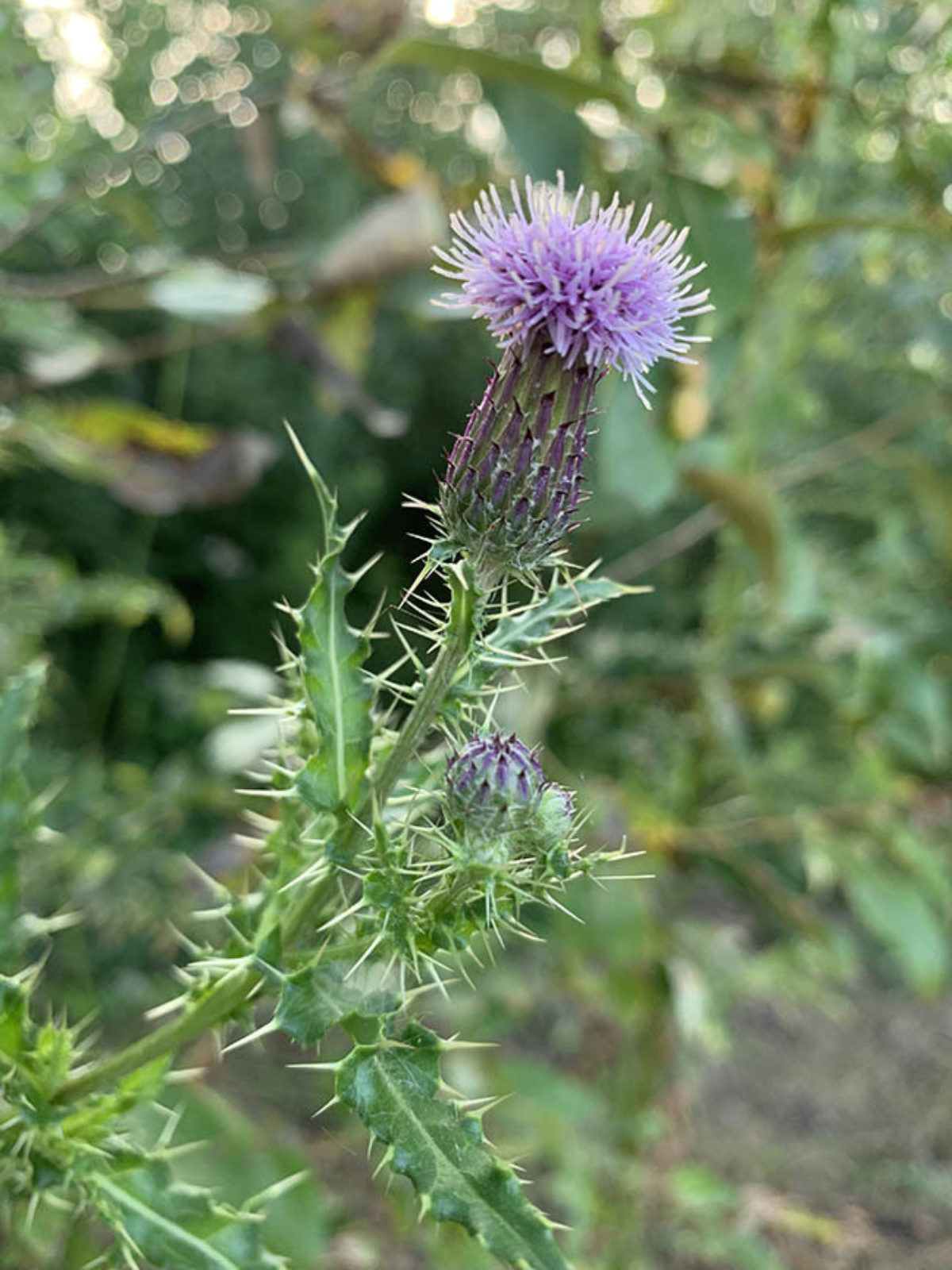
- Kudzu is a fast-growing vine that can smother other plants.
- Yellow nutsedge is a grass-like weed with a thick, knotted rhizome that makes it difficult to dig out.
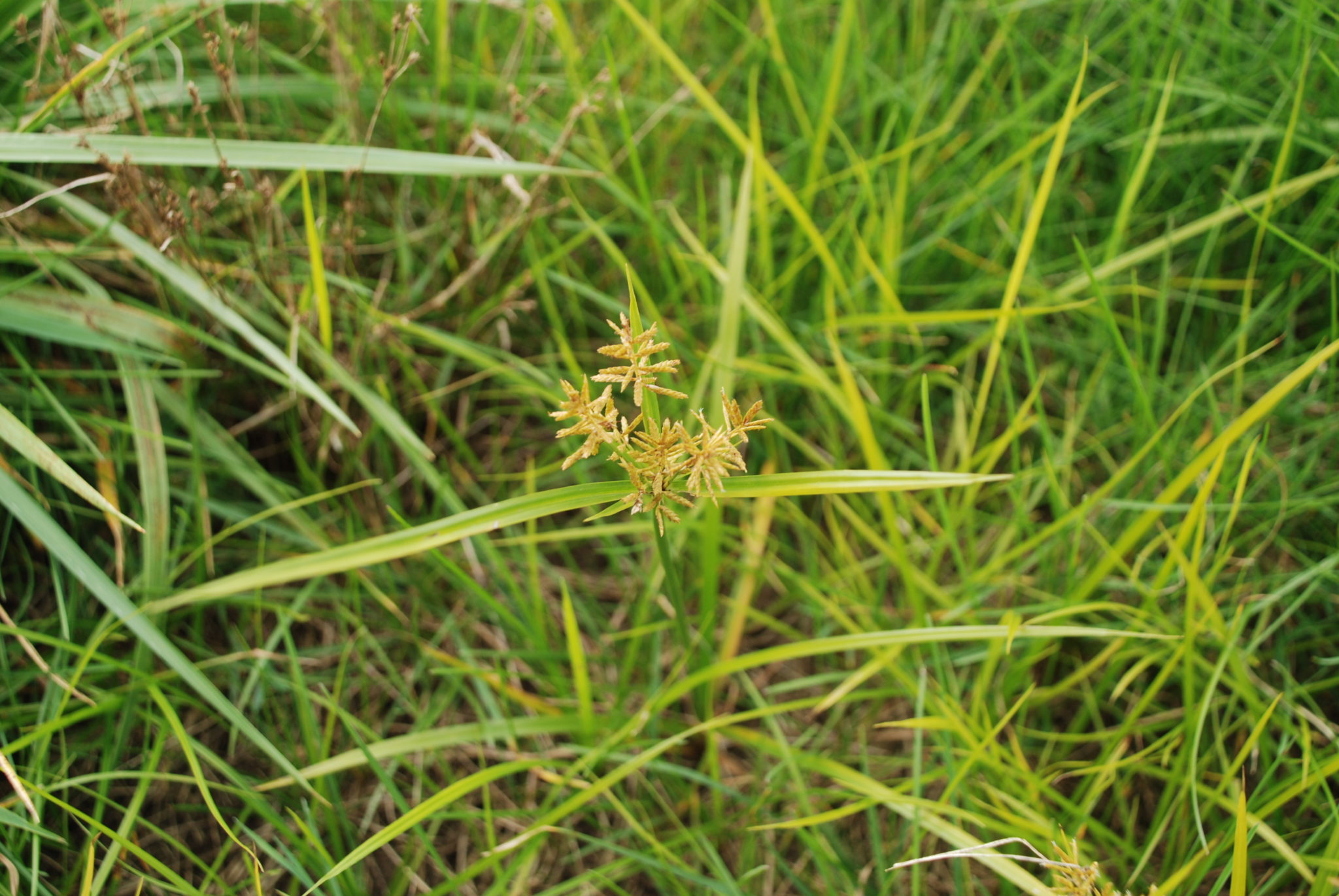
- Bindweed is a vine that can climb over other plants and strangle them.
- Dandelion has a long taproot that can make it difficult to pull out.
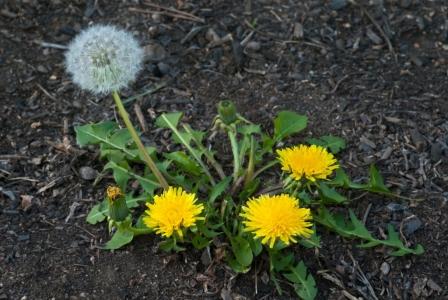
- Horsetail is a weed with hollow, jointed stems that can grow in wet areas.
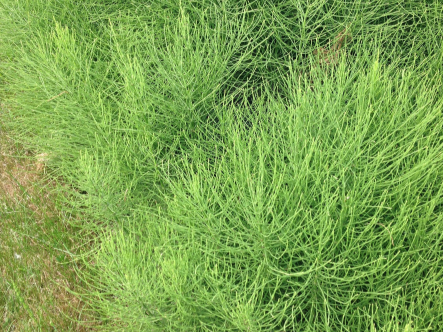
- Creeping Charlie is a groundcover that can spread quickly and smother other plants.

- Stinging nettle is a weed with sharp hairs that can cause a painful rash.

- Barbed wire vine is a vine with sharp thorns that can damage skin and clothing.
Main Content:
There are a number of ways to get rid of perennial weeds, but the most effective method will vary depending on the type of weed and the severity of the infestation. Some common methods include:
- Hand-pulling: This is the most effective way to remove small numbers of perennial weeds. Be sure to remove the entire root system, or the weed will simply resprout.
- Digging: This is a more effective method for removing larger perennial weeds. Use a garden fork or spade to dig up the entire plant, including the roots.
- Mulching: Mulching around plants with a thick layer of organic material, such as bark chips or wood chips, can help to smother perennial weeds.
- Soil solarization: This method involves covering the soil with clear plastic for several weeks during the summer. The heat from the sun will kill the weed seeds and roots.
- Using a weedkiller: There are a number of commercial weedkillers available that can be effective against perennial weeds. Be sure to read the label carefully and follow the instructions before using any weedkiller.
Conclusion:
Getting rid of perennial weeds can be a challenge, but it is important to take steps to control them. If you don't, they can quickly take over your garden and make it difficult to grow other plants. By using the methods described above, you can keep your garden weed-free and enjoy a beautiful space to relax and enjoy.
Perennial weeds are plants that live more than two years. They can be difficult to control, as they often have deep roots and produce seeds that can remain viable in the soil for many years. If you are struggling with perennial weeds in your garden, you can visit Home Gardening for more information about how to identify and control them.
FAQ of perennial weeds
- What are perennial weeds?
- Perennial weeds are plants that live for more than two years. They typically have a deep root system that allows them to survive harsh conditions and compete with other plants for resources.
- What are some common types of perennial weeds?
- Some common types of perennial weeds include:
- Dandelions
- Canada thistle
- Kudzu
- Bindweed
- Johnsongrass
- Some common types of perennial weeds include:
- How do perennial weeds spread?
- Perennial weeds can spread in a variety of ways, including:
- Seed dispersal by wind, water, or animals
- Underground rhizomes or stolons
- Root fragments
- Perennial weeds can spread in a variety of ways, including:
- How can I control perennial weeds?
- There are a number of ways to control perennial weeds, including:
- Hand pulling
- Mechanical removal
- Chemical herbicides
- Cultural practices such as mowing, tilling, and crop rotation
- There are a number of ways to control perennial weeds, including:
- What are the best practices for controlling perennial weeds?
- The best practices for controlling perennial weeds will vary depending on the specific type of weed and the location. However, some general best practices include:
- Identifying the weed early and taking action as soon as possible
- Using a combination of control methods
- Being persistent and consistent with your weed control efforts
- The best practices for controlling perennial weeds will vary depending on the specific type of weed and the location. However, some general best practices include:
Image of perennial weeds
10 different images of perennial weeds that are free to use:
- Dandelion (Taraxacum officinale): This weed is known for its bright yellow flowers and fluffy seed heads. It can grow in a variety of soils and conditions, and it can be difficult to control.

- Purslane (Portulaca olearacea): This weed is a low-growing plant with succulent leaves and stems. It can be found in a variety of habitats, including gardens, lawns, and roadsides.
- Chickweed (Stellaria media): This weed is a small, mat-forming plant with white flowers. It can be found in a variety of habitats, including gardens, lawns, and fields.
- Plantain (Plantago major): This weed is a common lawn weed with broad, arrow-shaped leaves. It can be difficult to control, as it can resprout from its roots.
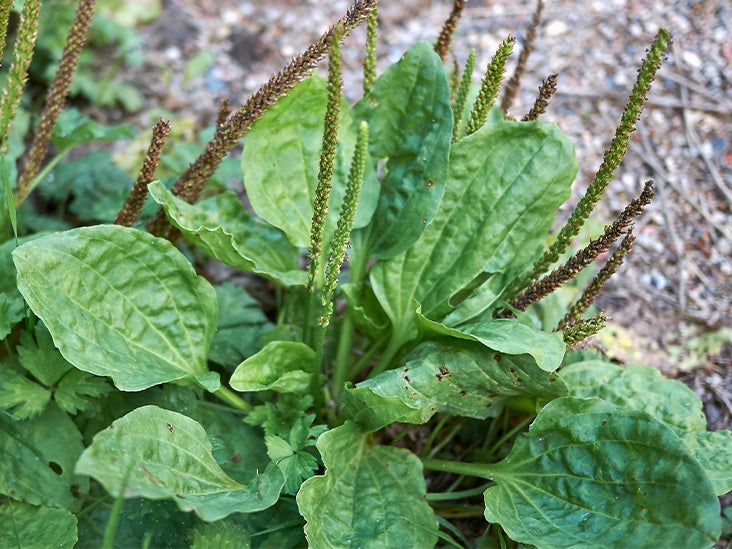
- Lambsquarters (Chenopodium album): This weed is a tall, leafy plant with green or white flowers. It can be found in a variety of habitats, including gardens, lawns, and fields.

- Crabgrass (Digitaria species): This weed is a common lawn weed with long, narrow leaves. It can spread rapidly by its rhizomes.
- Nutsedge (Cyperus esculentus): This weed is a low-growing plant with triangular stems and brown flowers. It can be difficult to control, as it can resprout from its rhizomes.
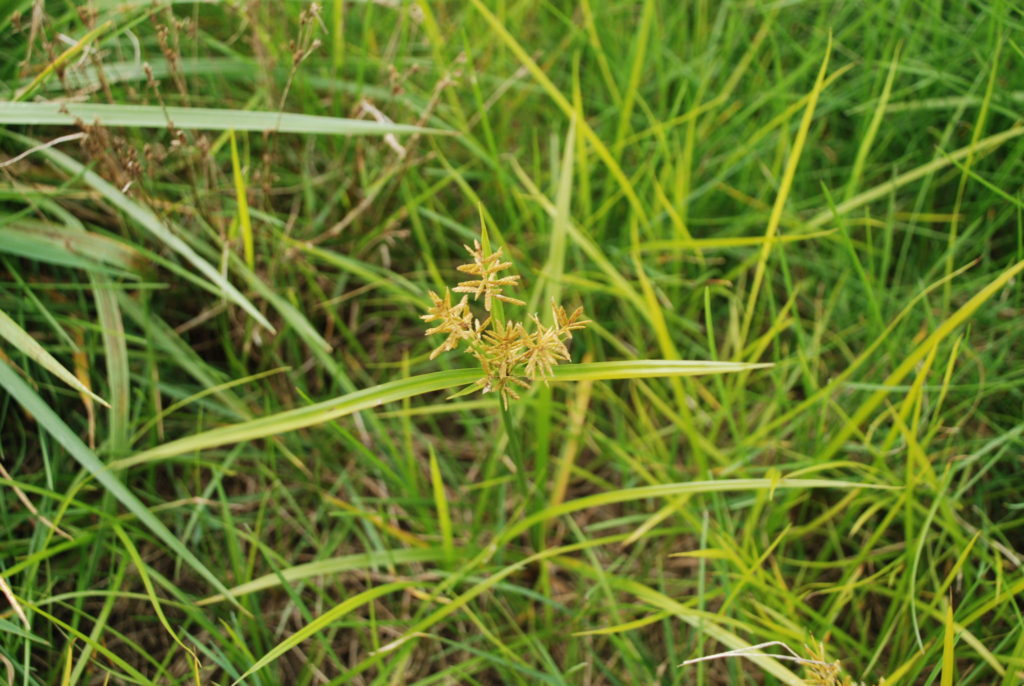
- Creeping Charlie (Glechoma hederacea): This weed is a low-growing plant with trailing stems and small white flowers. It can be found in a variety of habitats, including gardens, lawns, and borders.
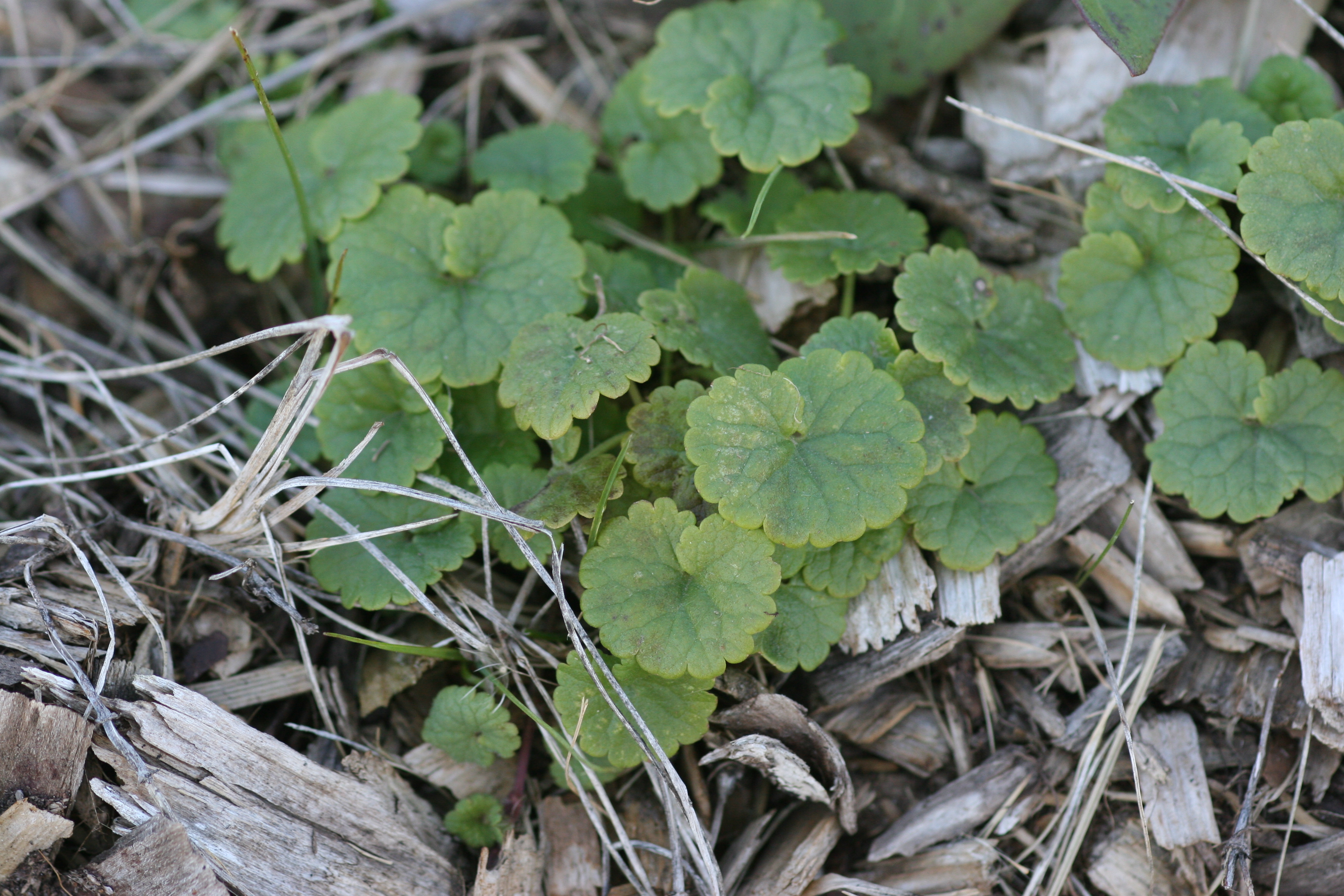
- Bindweed (Convolvulus arvensis): This weed is a vine with heart-shaped leaves and white or pink flowers. It can be difficult to control, as it can climb over other plants and spread rapidly.
- Horseweed (Erigeron canadensis): This weed is a tall, leafy plant with white or pink flowers. It can be found in a variety of habitats, including roadsides, fields, and gardens.
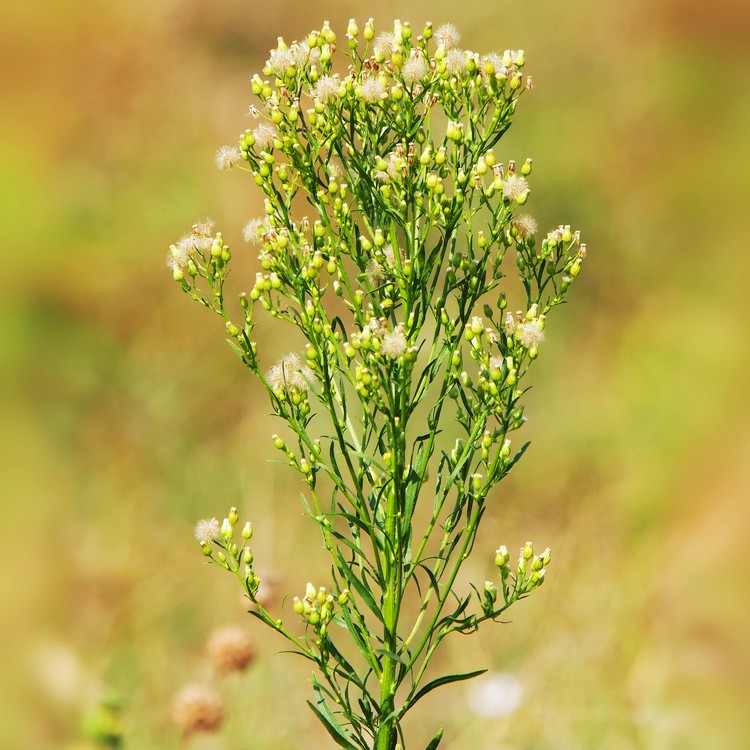
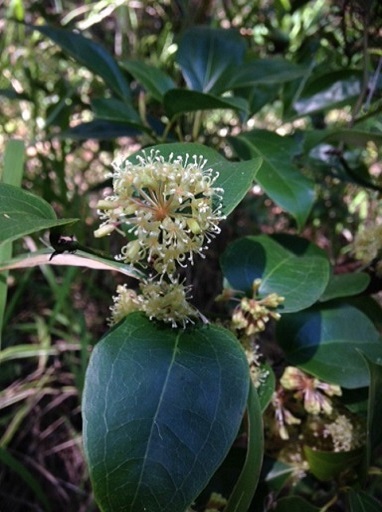



Post a Comment for " Hardest Perennial Weeds To Get Rid Of"